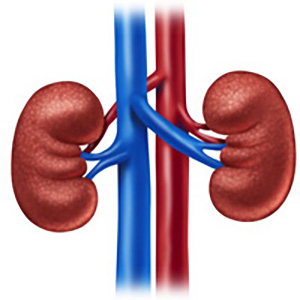Can we predict the ancillary treatments after extracorporeal shockwave lithotripsy for renal and upper ureteral stones?

All claims expressed in this article are solely those of the authors and do not necessarily represent those of their affiliated organizations, or those of the publisher, the editors and the reviewers. Any product that may be evaluated in this article or claim that may be made by its manufacturer is not guaranteed or endorsed by the publisher.
Authors
Objective: To quantify the predictors for the ancillary treatments after extracorporeal shock wave lithotripsy (SWL) for renal and upper ureteral stones.
Materials and methods: From January 2014 to January 2017, patients undergoing SWL using an electromagnetic lithotripter machine (Compact Delta; Dornier MedTech GmbH, Wessling, Germany) for renal and upper ureteral stones ≤ 20 mm were retrospectively reviewed. All patients underwent CT urography prior to SWL. The cohort was subdivided into three groups according to stone attenuation values in Hounsfield Units (HU). Group I; HU < 500 (n = 20), group II; HU 500-1000 (n = 51) and group III; HU ≥ 1000 (n = 180). The parameters included for multivariate analysis were stone size, location, multiplicity, stone attenuation value, number of shocks and stone clearance rate by 3 months. The ancillary treatments were ureteroscopy (URS), ureteral stenting and hospital readmission for pain or fever.
Results: A total of 251 patients were included in the study. The overall SWL success rate was 92.4%. Mean stone size was 10.9 ± 2.1, 11.6 ± 3 and 11.4 ± 3.6 mm and mean stone attenuation values were 364 ± 125, 811 ± 154 and 1285 ± 171 HU for groups I, II and III respectively. The stone clearance rates by 3 months were 96%, 92% and 88.4% for groups I, II and III respectively. On subgroup analysis, group III required ancillary treatments in 70% of patients whereas group I, II, did not require any ancillary treatments. On multivariate analysis, stone multiplicity, stone location (lower calyceal stones) and HU were independent significant predictors for the need for ancillary treatments after SWL (p values < 0.05).
Conclusions: Patients with stone attenuation value (HU) > 1000, multiple stones and/or lower calyceal stones have higher risk to necessitate ancillary treatments after SWL. These patients would likely benefit from upfront endoscopic lithotripsy for treating symptomatic renal or upper ureteral stones.
How to Cite

This work is licensed under a Creative Commons Attribution-NonCommercial 4.0 International License.
PAGEPress has chosen to apply the Creative Commons Attribution NonCommercial 4.0 International License (CC BY-NC 4.0) to all manuscripts to be published.

 https://doi.org/10.4081/aiua.2022.4.439
https://doi.org/10.4081/aiua.2022.4.439




